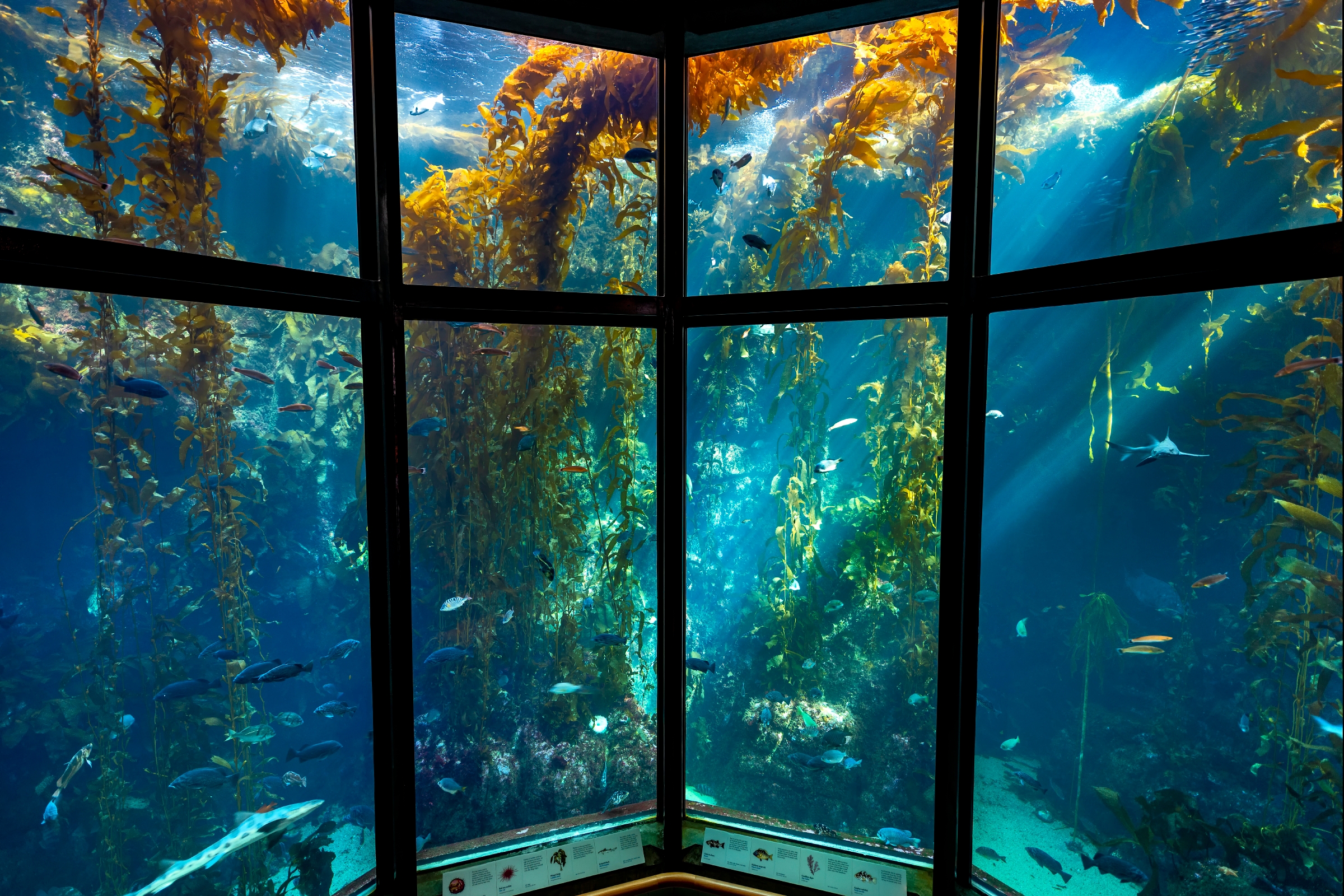I think that one of the most obvious complications with having living collections is the fact that you need to continuously care for these collections. With other types of museums, the objects that are in the collection are either already dead, or inanimate. Live animals require specific environments in order for them to live well and comfortably. Insects require specific temperatures and humidity temperatures in order for them to live and mammals have specific diets and activity levels that have to be accounted for. Aquatic life has a bunch of specifications that go with them, including salinity (saltiness of the water), temperature, water pressure, and light. With all the upkeep that comes with caring for live animals, comes the cost of that upkeep and the food, along with availability of the food as well. For aquatic animals, any change in salinity, temperature or pressure could be catastrophic.
That leads to another type of complication that living collections bring, which is simply the sheer cost of caring for them. Museums that feature either dead or inanimate items don’t need to constantly buy food for other items to care for their collections. Cost includes things like food, temperature, building and repairing enclosures, and for aquatic animals, water filtration. These costs add up over time and I would assume them to be larger than nonliving collections.
Another consideration is the danger of invasive species into a local habitat. If something in the collection is an invasive species to the area that it’s housed in, there is extra precaution that the species doesn’t get out of containment and into the local flora and fauna.
For more cultural living collections, such as reenactments or historical sites, one major complication would also be cost of upkeep. If the living collection includes older buildings, there is a lot of upkeep in terms of keeping the buildings standing and structurally sound. There is also cost issues with reenactments and the props and accessories that go with the reenactors. One issue that was brought is the approach to sensitive subjects, like slavery. Doing reenactments of sensitive subjects like slavery, can be a bit insensitive and just uncomfortable to the audience and also the actors (if they even have to do it). The opposite can also happen, where certain topics get ignored and then people feel like history is being ignored, and the the museum isn’t being truthful.
Question: Do you have a type of living museum that you prefer to go to/ like over other types?

I love the photo of the Monteray Bay Aquarium. 🙂 I love aquariums in general – they’re usually very peaceful places where one can go to become immersed in the marine environment. And since I wanted to be a marine biologist when I grew up (like most kids, which is strange), it’s nostalgic as well!
Arianna thank you for this question, I’ve never thought about my preferred living collection. Oftentimes I separate zoos, aquariums, historical sites, and other living collections in my mind because they all come along with their own set of ethics, standards, and experiences. I want to say that I prefer aquariums. A lot of people dislike zoos because they see animals that do not look happy or are confined to a small space. That’s not often a complaint from aquarium visitors, but really how different are the two? Do we decide our preferred living collections based on how ‘happy’ the organisms appear? Or do we enjoy them based on what we can learn from their presence? Something to consider!